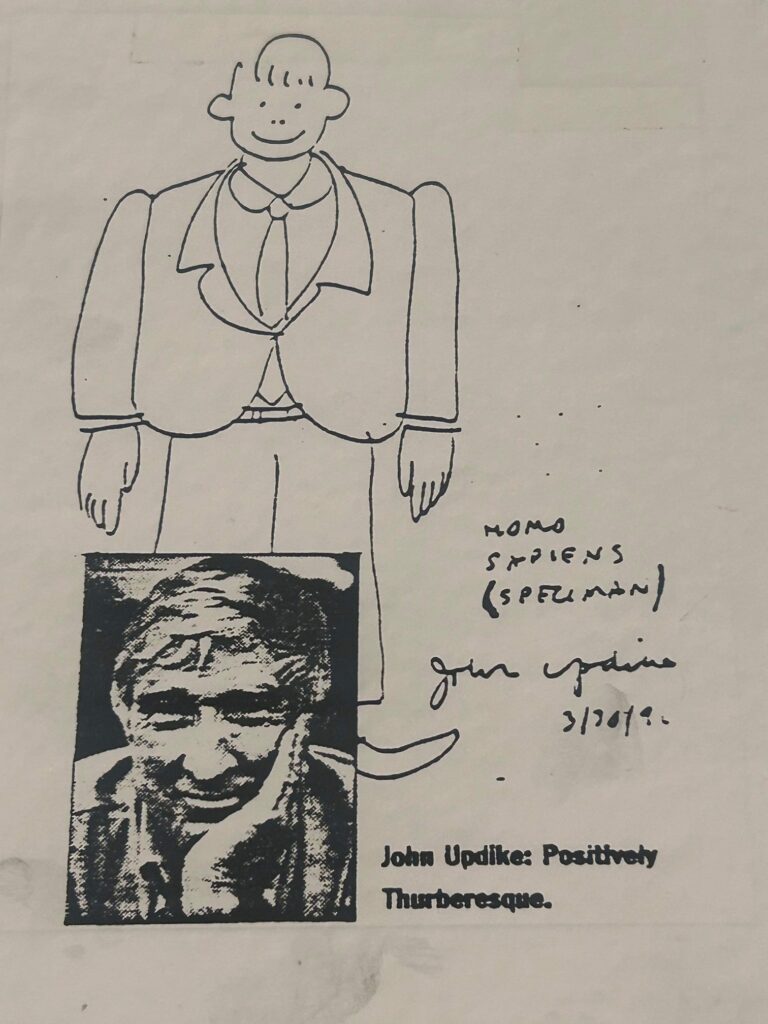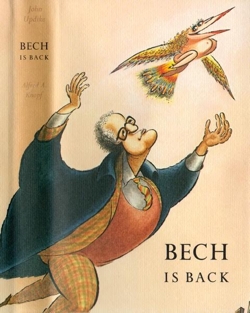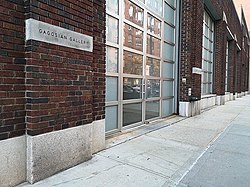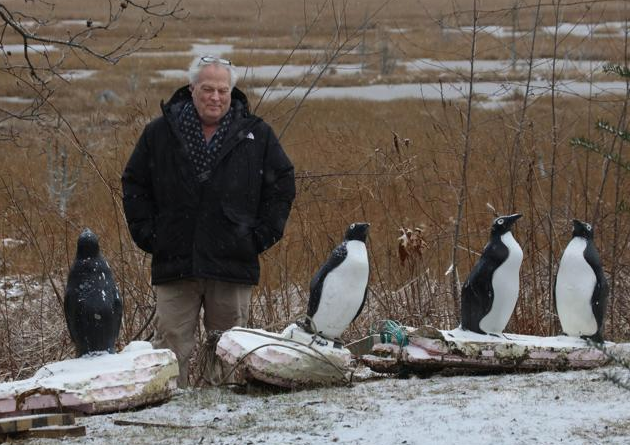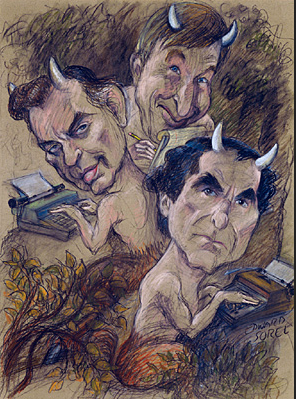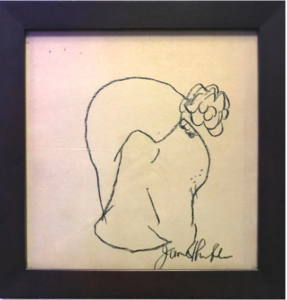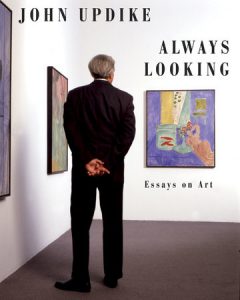 Nigel Beale, of The Biblio File podcast, posted an entry a while back reminding followers that “Updike the essayist is always worth reading.” It’s the Jan. 1990 issue of Art & Antiques, in which an interview showcases Updike’s response to a photo from Life magazine of a young woman dancing to celebrate Hawaii’s statehood.
Nigel Beale, of The Biblio File podcast, posted an entry a while back reminding followers that “Updike the essayist is always worth reading.” It’s the Jan. 1990 issue of Art & Antiques, in which an interview showcases Updike’s response to a photo from Life magazine of a young woman dancing to celebrate Hawaii’s statehood.
Asked what struck him about the photo enough to write about it, Updike responded, “The word Wahine, for one thing—proving that captions matter. “The young woman’s beauty, for another—her svelte midriff, her exposed navel, her perfect teeth, her cluster of earrings, her fishnet stockings with their hint of whorishness. The expression on her face, between glee and agony. The sea of faces behind her. Her curious aloneness in front of that sea, facing the other way, on what appears to be an otherwise deserted stage. Is she one of a chorus line? Whence comes the music she is swaying to, the rhythmic impetus hoisting one dainty heel up from its slipper and swirling the threads of her skirt and her bra? What force has all but shut her eyes? The camera has caught a Dionysian mystery; it has caught ecstasy.”
Updike’s full rumination on this particular artwork and others can be found in Just Looking, the first of three volumes of his art criticism.

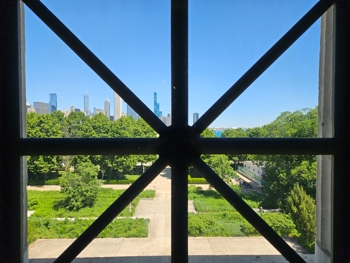 This National Windows Day (that’s a thing?), renowned photographer Jill Krementz shared some of the photos she took of
This National Windows Day (that’s a thing?), renowned photographer Jill Krementz shared some of the photos she took of 